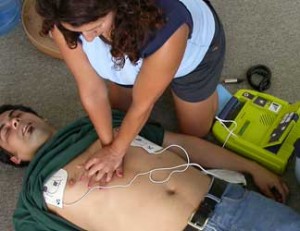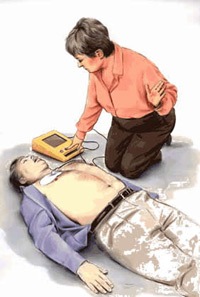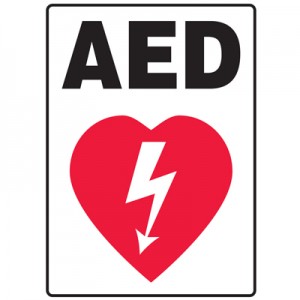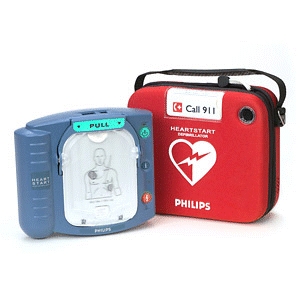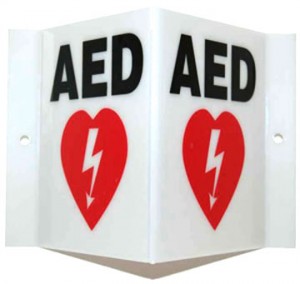 Automated external defibrillators are simple to use and easy to maintain. Failing to maintain your AED can lead to disaster on the day it is needed. Plan to be successful! Universally, all AEDs need the following to be operational when an emergency occurs:
Automated external defibrillators are simple to use and easy to maintain. Failing to maintain your AED can lead to disaster on the day it is needed. Plan to be successful! Universally, all AEDs need the following to be operational when an emergency occurs:
- The AED should be checked that it is physically in the proper location.
- The AED pads should be checked. The package should be sealed until ready for use, and it should be within its expiration date. If the pad package is open or the expiration date has passed, it should be replaced immediately.
- The battery should be checked. For most AEDs, there is an indicator light or symbol that indicates if the battery is o.k. or if it needs service. Know the battery check mechanism for your AED. If the battery is low, you should receive both visual and audible warnings many generate a “beep” like a smoke detector with a low battery.
- Most AEDs have a small pouch or packet of supplies you might need when using the AED. This pouch may include a face mask for rescue breathing, a small towel, scissors, protective gloves, and a razor. Be sure this kit is ready for action.
The AED owner’s manual contains valuable information specific to checking and maintaining your AED—be sure to read and follow the instructions. AEDs are very reliable devices and problems are very rare, but they can happen. Your owner’s manual is also a valuable resource for correcting problems with your AED.
It is helpful to have a documented, periodic check of the AED. Your AED may have come with a checklist for a weekly or monthly check.
Finally, an action plan can help your emergency run smoothly. If your organization has one, review and practice it periodically. If not, draft a plan for your company.
via Maintaining Your AED – Project Heart Restart – The Christ Hospital.

